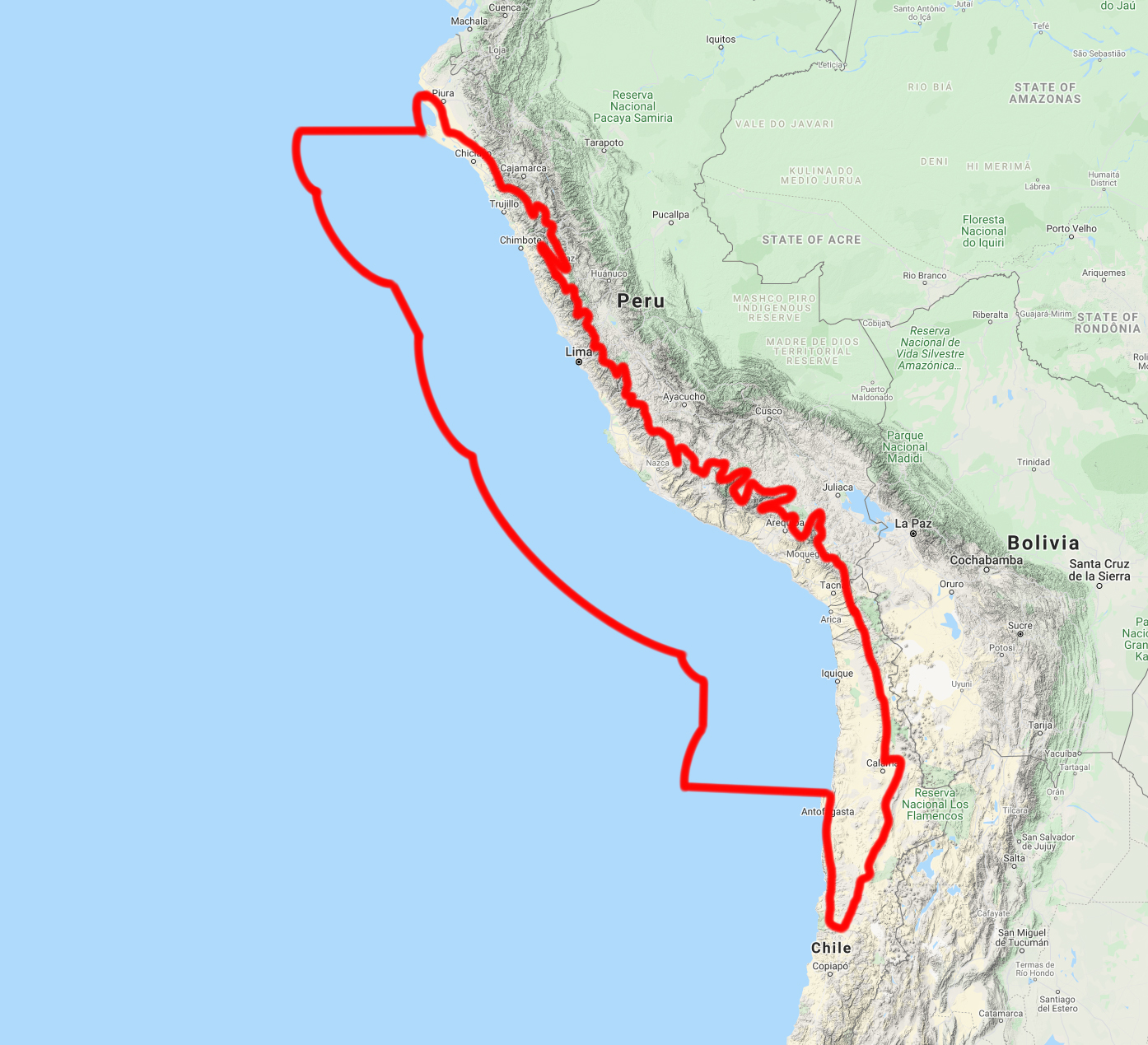Darwin’s leaf-eared mouse: helping plants grow in the desert
Our “Species of the Week” series highlights the flagship species of each of the 844 unique ecoregions contained within Earth’s bioregions.
A plateau of arid, red rock stretches for miles in the sun’s blaze, the Andes Mountains shimmering in the distance. The Atacama Desert, located in northern Chile, is widely considered the driest place in the world with an average rainfall of as little as 0.1 cm (0.04 in) per year. Some parts of the desert have received almost no precipitation for centuries and look otherworldly, resembling the landscapes of the Moon and Mars. However, despite these harsh conditions, as the fictional Dr. Ian Malcolm proclaims in Jurassic Park, “Life, uh... finds a way.” Sparsely populated by humans, hundreds of different species of plants flourish as does one of the smallest and perhaps cutest mammals, Darwin’s leaf-eared mouse.

The Darwin’s leaf-eared mouse is the flagship species of the Atacama Desert ecoregion, located in the South American Coastal Deserts bioregion (NT8).
Acquiring their name from the famed biologist himself, Charles Darwin studied this species during his research expedition aboard the Beagle that took place from 1831-1836. High in abundance for such a desolate place, they were intriguing and easy to observe. These mice are medium-sized (20-100 g) and have quite large ears that are leaf-like in appearance. Their fur is relatively long, thick, and sandy colored with dark undertones. This allows them to camouflage within the desert’s dry vegetation and dirt.
.jpg)
Image credit: El Rodrigo Silva, iNaturalist
The reason Darwin’s leaf-eared mouse has been so successful in this seemingly barren region is their flexible diet. Omnivorous, these mice will eat insects, seeds, various grasses, and other plants. They also have adapted to this climate by obtaining most of their water supply from diverse flora species. Moist berries and seeds too help colonies, or ‘mischiefs’, of Darwins thrive. Darwin also named females 'does', males 'bucks', and young 'pinkies’.
Imperative to this challenging ecosystem, Darwin’s leaf-eared mice help the plants they consume continue to grow in this climate. Droppings are scattered across the desert containing seeds and are provided with moisture when planted. Although usually taking refuge in higher altitudes, when this leaf-eared mouse is found closer to sea level, it becomes a food staple for many species. Zorro chillas (South American gray foxes), great horned owls, Harris’s hawks, and black-chested buzzard-eagles all rely on the Darwins. In the Atacama, as Darwin noted, even the smallest creature can have the biggest impact.
.jpg?auto=compress%2Cformat&w=1440)


